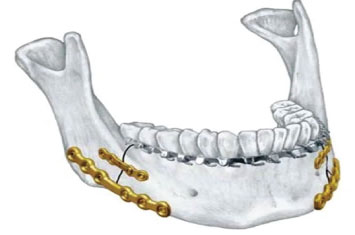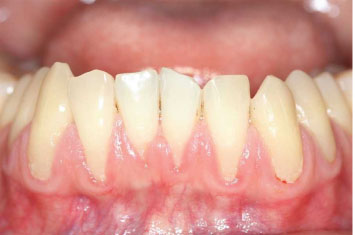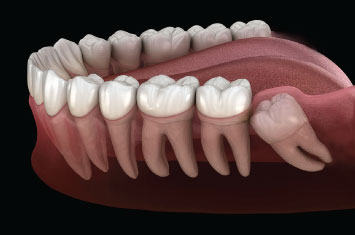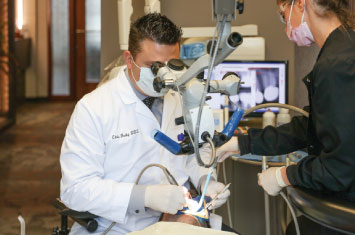Jaw Fractures

Jaw Fractures
What is the jawbone?
Your jawbone keeps your teeth in place and helps you speak, chew and swallow. It consists of an upper jawbone (maxilla) and a lower jawbone (mandible).
You can move the lower jawbone forward, backward and sideways, but the upper jawbone doesn’t move. The jawbone is part of the skeletal system.
What is a broken or dislocated jaw?
Like other bones in the body, the jawbone can experience a fracture (broken bone). You can also dislocate the jawbone. A dislocation means the lower jawbone moves out of one of the two temporomandibular joints (TMJ) that connect the mandible to the skull.
Both conditions can cause pain and make it difficult or impossible to talk or eat. A dislocated or broken jaw can also affect breathing. These medical emergencies require prompt evaluation and treatment.
A fracture or dislocation most often affects the lower jawbone. Fractures can occur in the:
- Part that supports your teeth (body).
- Angle where your jaw curves.
- Knob-shaped joint at the top of the jawbone (condyle).
- Point where the two sides of the lower jawbone join (symphysis).
An upper jawbone fracture often happens along with other facial fractures like the cheekbone (zygomaticomaxillary or ZMC fracture) or eye socket (orbital fracture). Broken jaws are second to broken noses as the most common type of facial fracture.
What causes a broken jaw?
Most broken jaws are the result of:
- Accidents, including vehicle accidents, workplace accidents and falls.
- Assaults and trauma.
- Sports injuries or other injuries.
What causes a dislocated jaw?
People with TMJ disorders and conditions that cause loose tissues and joints (like Ehlers-Danlos syndrome) may be more likely to dislocate the jaw.
It’s also possible to dislocate a jaw while:
- Getting a dental procedure.
- Opening the mouth too wide.
- Vomiting.
- Yawning.





